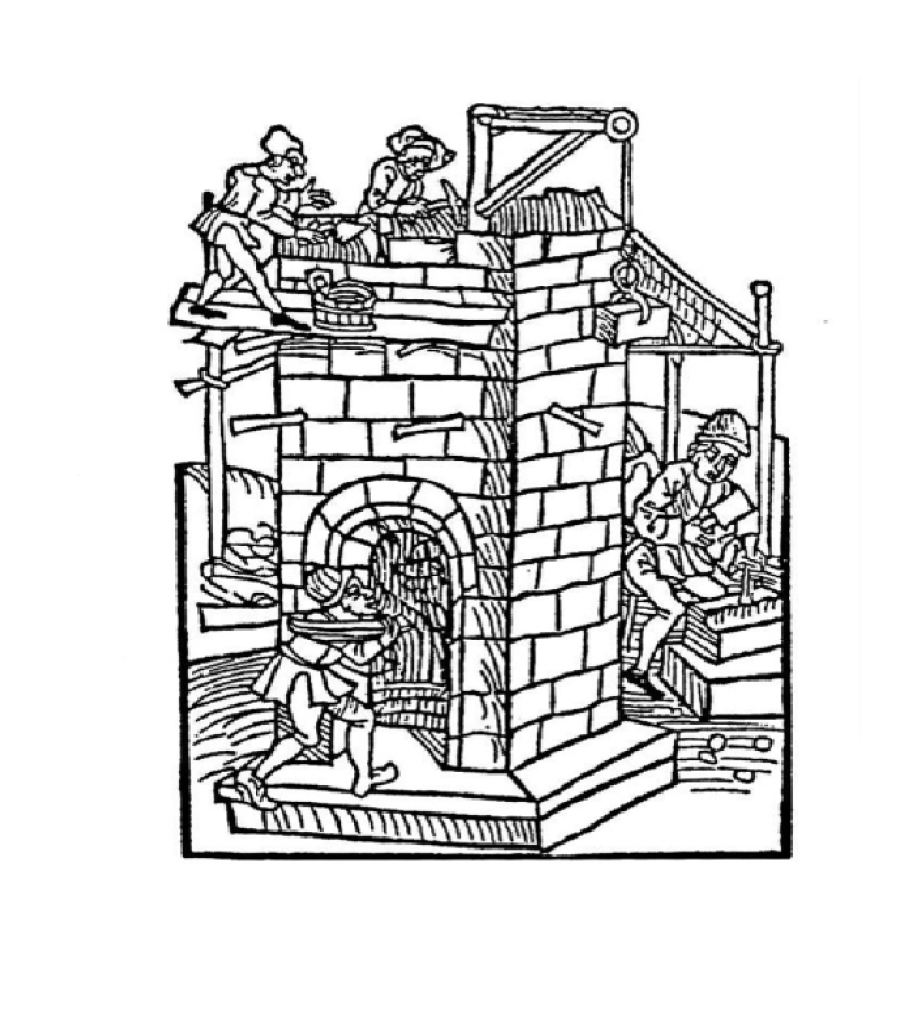
INTEGRITY

FRIENDSHIP

RESPECT

CHARITY

INTEGRITY

FRIENDSHIP

RESPECT

CHARITY
Freemasonry is a fraternal and secular organisation which is warranted and properly constituted under the United Grand Lodge of England (UGLE).
Freemasons raise substantial amounts of money for charity and other good causes and are collectively second only to the National Lottery in terms of charitable donations, and are one of the oldest social and charitable organisations in the world.


Our roots lie in the traditions of the medieval stonemasons, where elements of Freemasonry find their origins. Historically, stonemasons often travelled around to find work in different locations. To demonstrate their level of qualification, they would use grips, words and signs in order to distinguish themselves from unqualified builders.
This has been carried on into Freemasonry, which uses building analogies to teach members how to lead productive lives that benefit the communities that they live in. Working stonemasons wore aprons and gloves to protect themselves while working on shaping rough pieces of stone, but in today’s society Freemasons meet to build friendships and communities rather than cathedrals and castles.
The history of Freemasonry traces back to the early 17th century, with the formation of the Grand Lodge of England in 1717 being a significant turning point. However, the origins of Freemasonry range from ancient builders to medieval stonemasons.
On St John’s Day, 24 June 1717, four London Lodges, which had existed for some time, came together at the Goose and Gridiron Tavern in St Paul’s Churchyard, declared themselves a Grand Lodge and elected Anthony Sayer as their first Grand Master. This was the first Grand Lodge in the world. This was the founding of the Premier Grand Lodge, the first of its kind anywhere in the world and the origins of the United Grand Lodge of England.
By 1723, the new Grand Lodge had published its first rulebook – The Constitutions of the Free-Masons – and was meeting quarterly and recording its meetings.
In 1725, The Grand Lodge of Ireland was established, and in 1736, The Grand Lodge of Scotland was established.
Then in 1751, a rival Grand Lodge appeared in London with different practices. London Scottish and Irish Freemasons had formed a rival Grand Lodge in 1751, labelling the original Grand Lodge ‘Moderns’ and calling themselves ‘Antients’. The two rivals existed side by side – both at home and abroad – for nearly 63 years, neither recognising each other as regular.
After nearly 63 years, the two Grand Lodges in England united on 27 December 1813 to form the United Grand Lodge of England. This union led to a great deal of standardisation of ritual, procedures and regalia.
Operating under the core values of Brotherly Love, Relief and Truth – now expressed in the guiding principles of Integrity, Respect, Friendship and Service – English Freemasonry attracted people from all walks of life and spread around the globe. In the times before a welfare state, it created charities to look after the wellbeing of members and their families, but over time it has evolved into a major supporter of charities and causes beyond Freemasonry throughout local communities across the country.
Regardless of its exact beginnings, Freemasonry has played a prominent role in shaping social, political, and cultural landscapes throughout history. From its symbolic ceremonies and moral teachings to its influence on Enlightenment ideals, Freemasonry continues to intrigue and captivate individuals around the world.
Every Mason is a member of at least one Craft Lodge. A man becomes a Freemason by being initiated into one of these Craft Lodges, usually the one which meets nearest to where he lives or works, although there may be reasons why he joins one further away.
There are five private Lodges that share their home at The Masonic Lodge, St. John’s Avenue Bridlington which meet on separate days and times to hopefully suit everyone.
In Freemasonry, the lodge means two things. It refers to a group of Masons coming together in fellowship, and, at the same time, refers to the room or building in which they meet.
There are thousands of Masonic lodges in the U.K. and many more worldwide. The lodge itself typically consists of a lodge room where official business and Masonic rituals are conducted, as well as several additional areas for Brothers to share meals, spend time together, host public and private events, and more.
What are the Three Degrees in Freemasonry?
There are three ‘degree ceremonies’ performed during masonic meetings that are also representative of the stages of Stonemasonry.
They are essentially one act plays that teach members how to be better people and each play represents a different stage in life.
As an ‘initiate’ or Entered Apprentice, Freemasons are taught we are all born equal, we learn that in life some do better than others and it is up to those that do well to look after the less fortunate. This is where we get our belief in the importance of Charity. His apron is plain and made from the skin of a lamb as an emblem of innocence.
The next stage is to become a ‘Fellow Craft’ here Freemasons are taught the importance of improving yourself as a person. His apron is now adorned with two rosettes to mark the progress he has made in the science.
Finally, as a ‘Master Mason’ we learn that we have but one life, and the importance of using it wisely. His apron is still white, but now with the colour of the blue arch of heaven added denoting his position and rank.

The Masonic Charitable Foundation (MCF), the Freemasons’ Charity, builds better lives by encouraging opportunity, promoting independence and improving for Freemasons, their families and the wider community.
Funded entirely through the generosity of Freemasons and their families, the MCF helps to improve the lives of thousands of people every year in England, Wales and overseas by working in partnership with some of the country’s biggest charities as well as local causes across England and Wales. The MCF also helps to fund the vital work of hospices, funds medical research and regularly contributes to appeals for humanitarian or disaster relief worldwide.
The MCF aims to be a force for good by providing support, care and services to Freemasons and their families in need, and supporting other charities to help the most disadvantaged people in society.
Through the work of the MCF, Freemasonry is helping to tackle some of society’s most important issues through grants to local and national charities, and partnerships with leading organisations in the sector.
With grants totalling around £5.5 million each year, the MCF helps thousands of disadvantaged and vulnerable people to live happy, fulfilling lives and participate actively in society.
The MCF’s grant programmes for charities target funding where it is most needed, within the areas about which Freemasons care most passionately. The target areas are currently:
To ensure Freemasonry’s funding has the greatest impact possible, the MCF awards grants to a range of local and national charities. To assist its funding, the MCF has formed partnerships with leading organisations in the charity sector, including Hospice UK, Home-Start UK, the Cranfield Trust, Age UK, The Duke of Edinburgh’s Award and medical research.
Since its inception in April 2016, from the four long standing Freemasons’ Charities, the MCF has given around 5,000 grants to local and national charities on behalf of Freemasons and their families totalling around £50,000,000.
Find out about the MCF’s work in your area
In addition, funding has been provided to over 40 disaster relief appeals in England, Wales and overseas in response, to flooding, earthquakes and other natural disasters. Freemasonry, through the MCF’s work, has continued to champion groundbreaking research and the scientists of tomorrow, by funding PhD studentships in partnership with leading charities and organisations that are creating a brighter future for many people affected by degenerative diseases.
To commemorate 300 years of Freemasonry in 2017, the MCF awarded an additional £3m to local charities in addition to its main grant-making programmes, inviting members of the public to vote on the distribution of funds.
If you are interested in becoming a freemason, and would like to more in general, or are merely curious to know more, then we suggest that you click on this link to the UGLE web site.
More specific enquiries relating to membership of a particular Lodge should be addressed to the Lodge Secretary, whose contact details may be found on the individual Lodge links below.
You can also visit the pages on this site on how to join us
Londesborough Lodge, as well as our contact page.
At some point in the year, we usually hold an open event, where we invite members of the public, press, potential members and their ladies and any other interested parties, to look around the Lodge, listen to a presentation and join us in a meal afterwards. If you would like to come along to an open evening, please contact the Lodge Secretary, who will be delighted to supply you with details of our next event.
Click here if you would like to view a YouTube video about Freemasonry